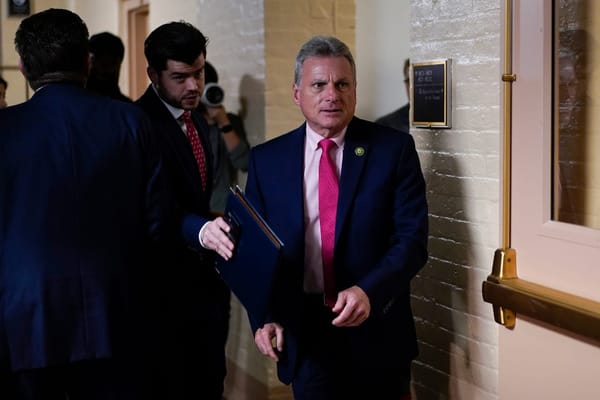Eight States Win Broadband Funds From Agriculture Department
WASHINGTON, March 23, 2010 – Agriculture Secretary Tom Vilsack on Tuesday announced broadband infrastructure projects to give rural residents in eight states access to better economic and educational opportunities.
WASHINGTON, March 23, 2010 – Agriculture Secretary Tom Vilsack on Tuesday announced broadband infrastructure projects to give rural residents in eight states access to better economic and educational opportunities.
Funding is contingent upon the recipient meeting the terms of the loan, grant or loan plus grant agreement, according to the department. A complete list of recent Recovery Act broadband award recipients by state is below:
Alaska
• Copper Valley Wireless: The Cordova, Alaska, Microwave Project; $1,747,796 loan and $1,747,795 grant. The funding will extend middle-mile connectivity from Naked Island to Cordova.
Arizona
• Tohono O’odham Utility Authority: The Fiber Route – Middle Mile Project; $3,565,900 loan and $3,565,900 grant. The funding will enable high-speed DSL services throughout the reservation with Fiber-to-the-Premises and fixed wireless broadband in certain areas.
Illinois
• Norlight Telecommunications: The Rural High-Speed Ethernet Network – Southern Illinois Project; $14,230,375 loan, $8,538,224 grant and $5,692,151 of private investment. The funding will provide more than 1,600 miles of middle-mile fiber-optic network throughout 24 southern counties to deliver high-speed Ethernet connectivity.
Kansas
• South Central Telephone Association: The Lake City & Sun City Rural Fiber-to-the-House (FTTH) Project; $871,200 grant, and $3,550,800 of private investment. The funding will provide FTTH broadband service to all unserved establishments in the telephone exchanges of Lake and Sun City.
• Madison Telephone: The Madison-Lamont Fiber-to-the-Premises (FTTP) Project; $3,519,750 loan, $3,519,750 grant and $763,634 of private investment. The funding will provide FTTP last-mile broadband service to exchange areas, including the Kansas telephone exchanges of Madison and Lamont.
• J.B.N. Telephone Company: The West Cluster Plus Barnes Fiber-to-the-Premises (FTTP) Project; $5,489,250 loan, $5,489,250 grant, and $3,697,619 of private investment. The funding will provide FTTP broadband service throughout seven western exchanges (West Cluster) and the Barnes exchange (Barnes).
Minnesota
• Northeast Service Cooperative: The Northeast Minnesota Middle Mile Project; $21,749,110 loan and $21,749,110 grant. The funding will provide middle-mile, dark fiber, wavelength services to private-sector providers in rural areas of northeast Minnesota.
• Minnesota Valley Television Improvement Corporation: The Minnesota Wireless Expansion Project; $562,776 loan and $562,776 grant, and $281,388 of private investment. The funding will provide a two-way broadband internet network to unserved and underserved areas of west central and south central Minnesota, providing 34 additional wireless (WiMAX) access points.
North Dakota
• Dakota Central Telecom 1 (DCT1): The Dakota Central Telecom l Project; $2,252,250 grant, and $2,499,597 of private investment. The funding will provide Fiber-to-the-Premises (FTTP) broadband services to households, businesses and key community organizations in portions of the Streeter and Gackle exchanges that are currently unserved.
Oklahoma
• Pioneer Long Distance: The Western Oklahoma Wireless Project; $1,819,349 loan and $1,783,322 grant. The funding will provide wireless broadband service to unserved and underserved rural areas in western Oklahoma.
• Panhandle Telephone Cooperative: The Western Oklahoma Broadband Infrastructure Development Project; $3,366,188 loan, $10,098,562 grant, and $23,297,597 of private investment. The funding will provide a broadband infrastructure to rural areas within the western Oklahoma panhandle area.
Texas
• Wes-Tex Telephone Cooperative: The Western Texas Broadband Infrastructure Development Project; $16,891,875 loan, $16,891,875 grant and $28,417,425 of private investment. The funding will provide a broadband infrastructure to increase Internet availability and access speeds in rural areas of western Texas.










Member discussion